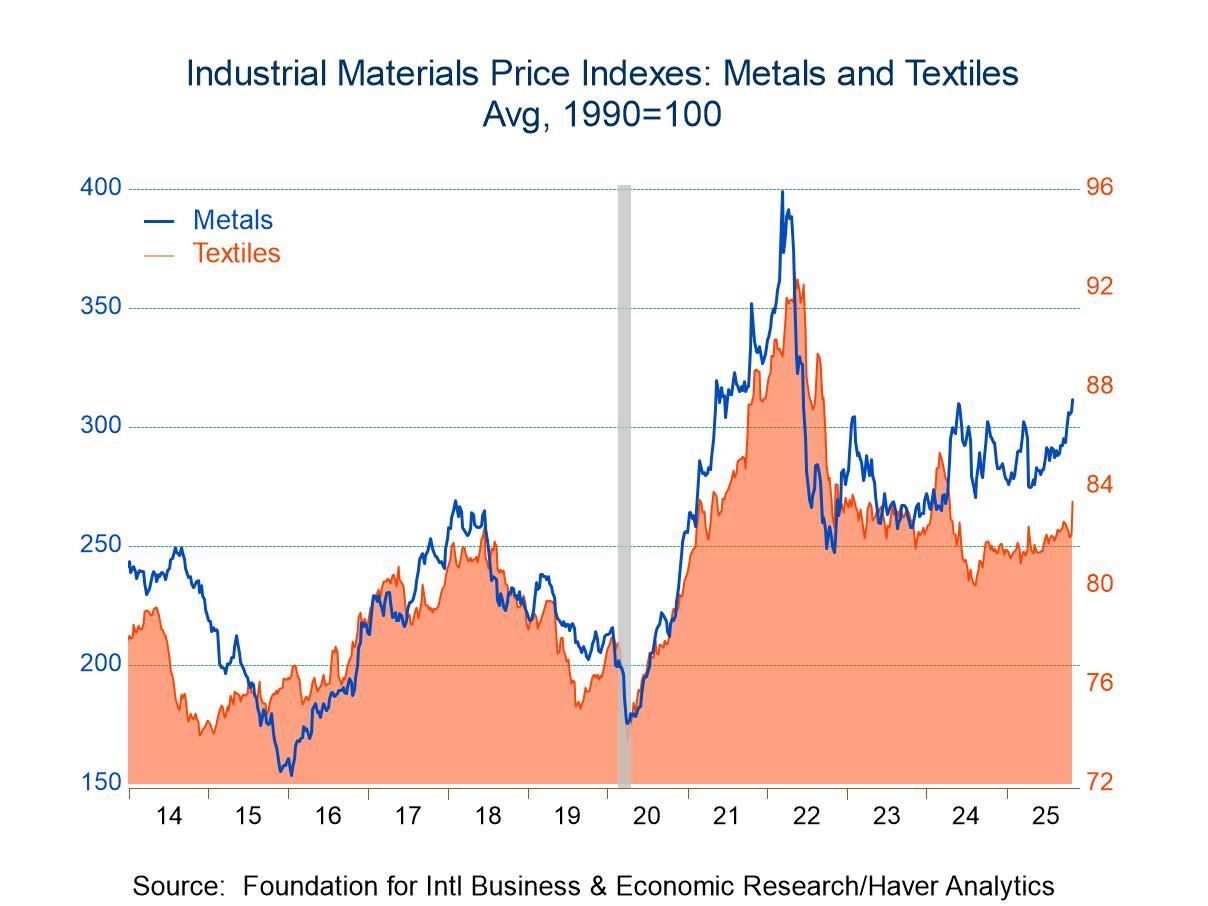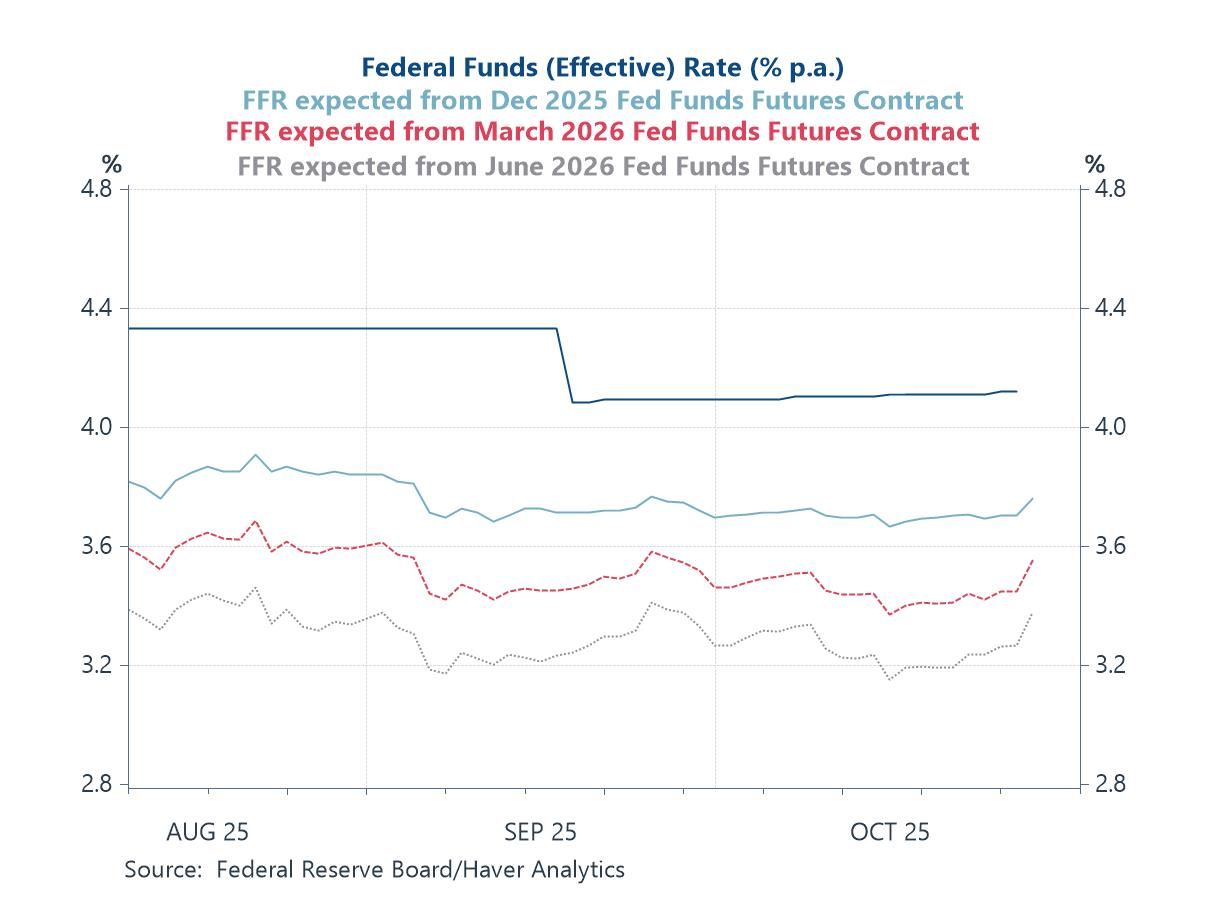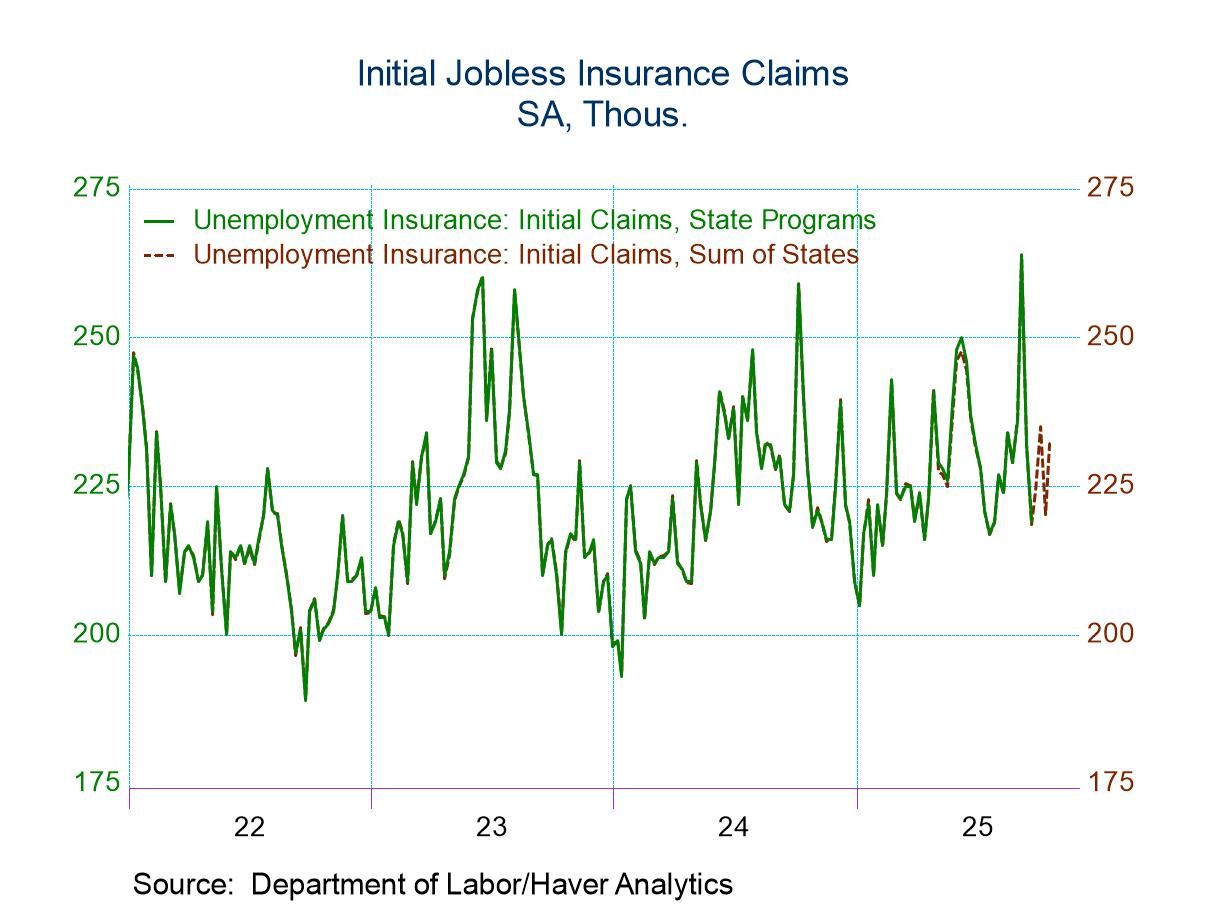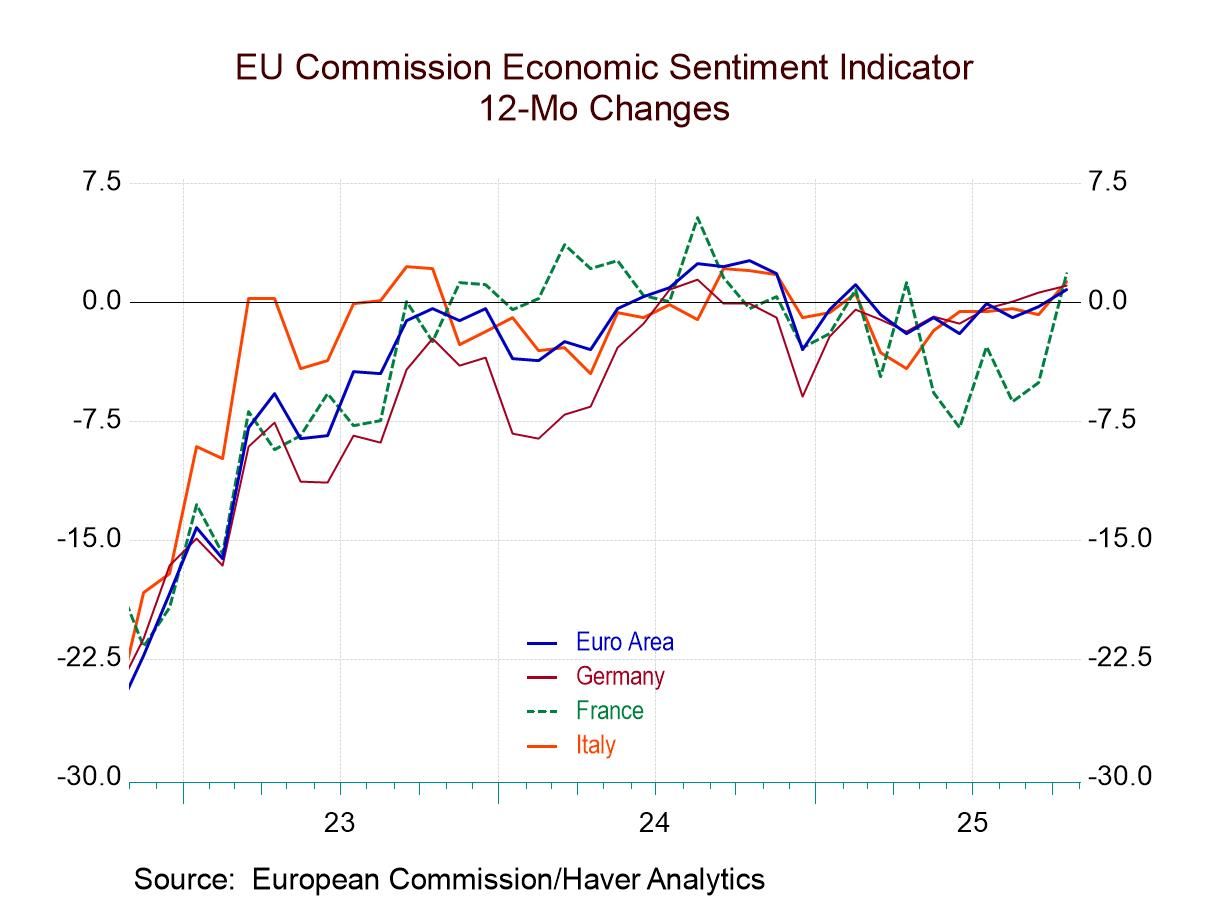 Global| Apr 07 2023
Global| Apr 07 2023Charts of the Week (Apr 7, 2023)
by:Andrew Cates
|in:Economy in Brief
Summary
Financial markets have remained on a more upbeat footing over the past few days as fears about the US and broader global banking sector have ebbed. The additional liquidity support that’s been offered by central banks, and the Fed in particular, coupled with heightened expectations of a pivot toward looser monetary policy are surely key reasons for this new-found optimism. Many observers, nevertheless, are questioning whether the conditions that ultimately warrant this additional policy support will be positive for growth and profitability in the period ahead. Many of our charts this week weigh in on this debate. We look, for example, at the latest Blue Chip consensus for policy rates in the major economies (in chart 1). We also contrast the degree to which phases where US bank lending standards were tightening (like now) typically chime with phases of broader financial instability (in chart 2). On macroeconomic matters we then look at the ongoing dysfunction in the US labour market via a Beveridge curve analysis of job openings and unemployment (in chart 3). We follow this in the euro area with a look at a new index of service sector activity (in chart 4) and the omens this is carrying for the region’s economic outlook. We then turn to the UK with a look at another source of downside risk, and specifically the spike in strikes and industrial stoppages that’s been weighing on the economy in recent weeks (chart 5). Finally, in Japan, we look at the indications from the latest Tankan index and, in particular, the more intense pricing pressures that this latest survey reveals (in chart 6).
Monetary policy pivots Financial market expectations for central banks’ policy rates have mostly been revised down in recent weeks thanks to the recent spate of banking sector instability. The latest April Blue Chip Financial Forecasts survey, however, has not mirrored those revisions. The Blue Chip consensus for policy rates in 12 months’ time, for example, is typically higher than the rates implied by financial futures contracts. Still, the spread between the projected levels of policy rates in 12 months’ time relative to those rates in 6 months’ time suggests that forecasters are certainly anticipating a pivot toward looser policy in some major economies over the latter stages of this year, and most notably in the US, UK and Canada (see chart 1 below). But the same does not hold true for the euro area (or Switzerland) where policy rates are expected to remain on hold between the 6 and 12 month horizon.
Chart 1: Blue Chip expectations for policy rates in 12 months versus 6 months

US financial stress and bank lending standards That a pivot toward looser monetary policy is anticipated suggests that many bond investors almost certainly expect a marked slowdown in the US and broader world economy in the period ahead. Whether that chimes with the more optimistic mood in other financial markets, however, is open to some question. As chart 2 below suggests, a phase of the business cycle where US banks are tightening lending standards normally coincides with more restrictive financial conditions, a de-leveraging of balance sheets, and a recession. Recent weeks have also seen a marked tightening of bank lending standards (which in all likelihood will be tightened further in the coming weeks) but a far less marked period of financial stress (relative to the norms of the past).
Chart 2: US bank lending standards for households and companies versus financial stress

US labour market dysfunction The incoming global economic data this week have - on the whole - tended to disappoint expectations and chime too with the idea that economic growth is faltering. The degree – and timing – of some follow-through to easier monetary policy, however, is still open to much debate. Core inflation outcomes have remained too high for comfort in recent weeks. And many central banks will remain perplexed about how tight their labour markets still appear to be. Evidence for the latter emerged this week in the form of still-high US job openings data in the latest JOLTs report. While the data for job openings softened in February, their overall level remains uncomfortably high. The Beveridge curve analysis shown in chart 3 below, moreover, also suggests some ongoing dysfunction in the US labour market relative to the norms of the past.
Chart 3: The US Beveridge curve

Service sector activity in the euro area Tight labour markets threaten to aggravate wage pressures, pressures that service sectors of the economy typically have high exposure to. Indeed this may be one reason why a new monthly services production index for the euro area turned down in the final three months of last year (see chart 4 below).
Chart 4: Euro area services production

UK labour market disputes Although nominal wage pressures have been building, real pressures in most major economies have been very weak. And this has been a key source of instability in the UK in the last few months. Labour market unrest in particular has been in the ascendancy as strike action has been rife. Indeed the number of work stoppages due to labour market disputes has specifically risen to its highest level since the late 1970s, as evidenced in chart 5 below.
Chart 5: Number of work stoppages due to labour market disputes in the UK

Business sentiment in Japan Finally this week we turn to Japan’s Q1 Tankan survey. The results from this revealed some souring in manufacturing confidence in Q1 and specifically to its worst level in more than two years. That eclipsed an improvement in service sector sentiment and reinforced the view that Japan’s economic recovery is faltering. One contributory factor to this concerned the escalation in input price pressures to multi-decades highs that the survey has equally revealed over the past 12 months. While the input price balance edged down to +62 in Q1 from a previous +64 in Q4 2022 the former is still at its highest level since 1981.
Chart 6: Japan’s TANKAN index – business conditions and output price pressures

Andrew Cates
AuthorMore in Author Profile »Andy Cates joined Haver Analytics as a Senior Economist in 2020. Andy has more than 25 years of experience forecasting the global economic outlook and in assessing the implications for policy settings and financial markets. He has held various senior positions in London in a number of Investment Banks including as Head of Developed Markets Economics at Nomura and as Chief Eurozone Economist at RBS. These followed a spell of 21 years as Senior International Economist at UBS, 5 of which were spent in Singapore. Prior to his time in financial services Andy was a UK economist at HM Treasury in London holding positions in the domestic forecasting and macroeconomic modelling units. He has a BA in Economics from the University of York and an MSc in Economics and Econometrics from the University of Southampton.






